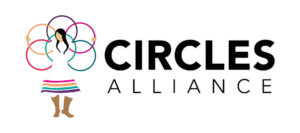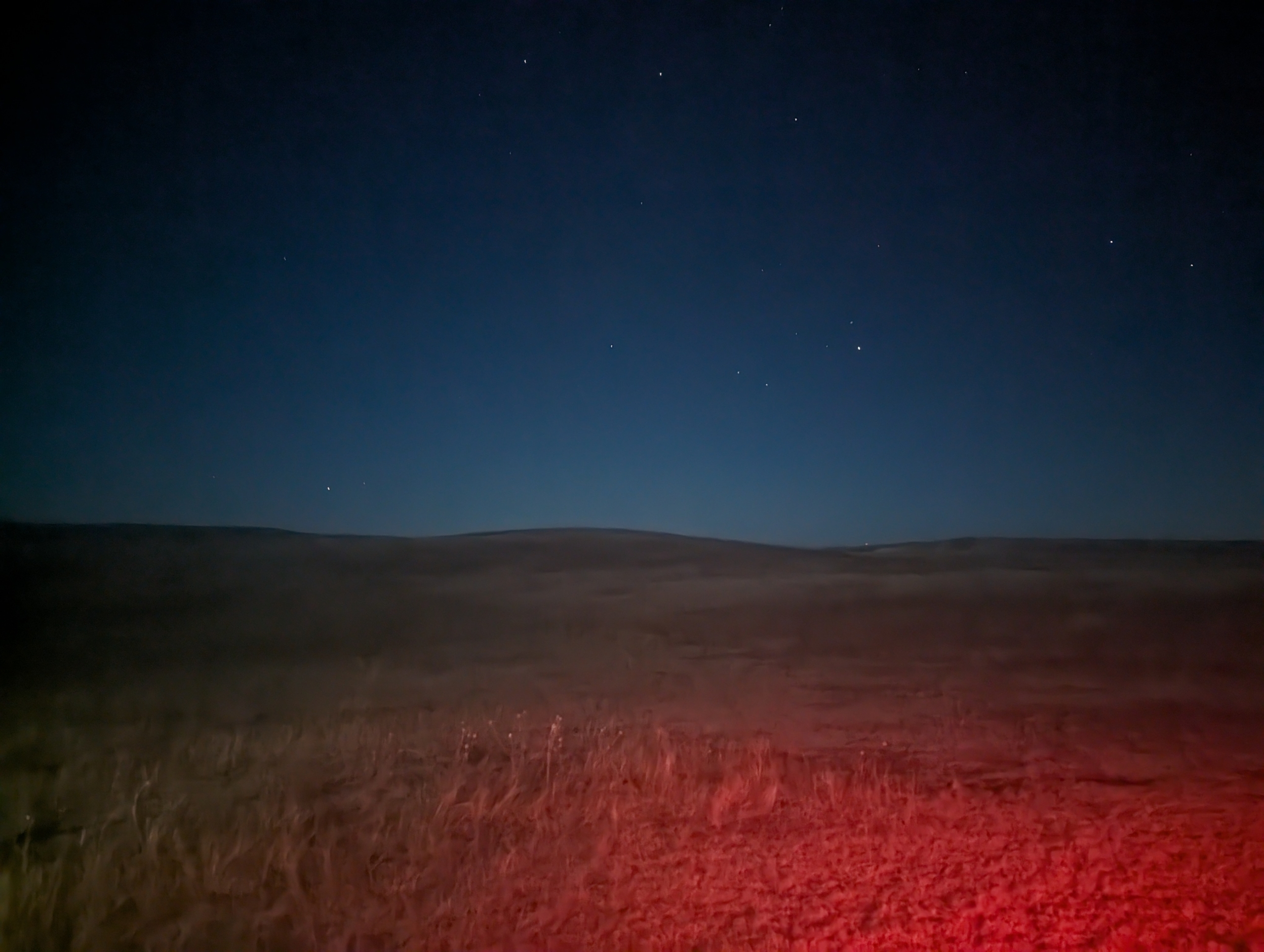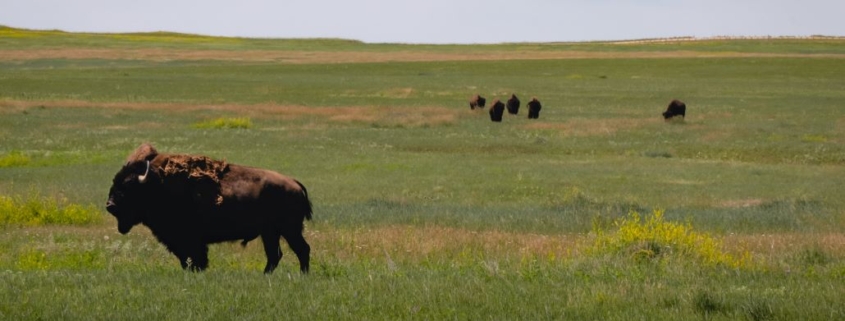Star Observations
/in Curriculum /by Shiala KingCultural Relevance – Oceti Sakowin Essential Understandings
OSEU 3: Culture and Language-
OSEU 3.3- Recall Oceti Sakowin sacred sites, creation stories, and star knowledge and describe how they relate to each other, and how they are still used today on and off the reservation.
Lesson Objective
Students will understand that the stars rotate in relationship to the seasons- due to the Earth’s orbit around the sun.
Content Standards
MS.ESS1.1: Develop and use a model of the Earth-sun-moon system to describe the cyclic patterns of lunar phases, eclipses of the sun and moon, and seasons.
Science practice standards
Analyze and Interpreting Data- Students will gather data to demonstrate how the big dipper changes over the course of a year. Students will construct ideas and explanations for why they feel this change happens.
Develop and Use a Model- Students will create a model to demonstrate the orbit of the Earth around the sun impacts the stars and change in the seasons.
Cross Cutting Concepts-
Patterns- Students will observe patterns of the stars, organize the patterns they find, and develop questions around their observations.
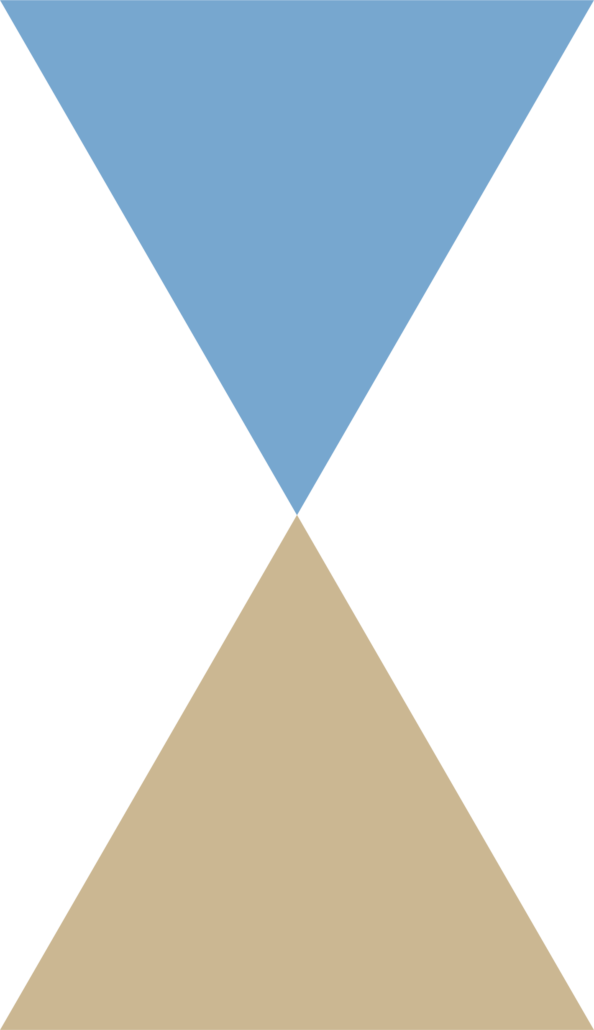
Lakota Virtues
Kinship
Lakota Stories
Told by Lakota Elder Duane Hollow Horn Bear
Materials
Large paper (11 by 17) for students to record the patterns they see in the star constellations.
Colored pencils
Scissors
Big Dipper model
**(Optional) Students will need chromebooks/computers to use the site: https://stellarium-web.org/
**If students do not have access to their own computers this will need to be a teacher led activity
Length of Activity one class period (50-60 minutes with room for extension)
Core Problems/Outline of Lesson
Hook/Lesson Introduction-We are all relatives- Mitákuye Oyás’iŋ
Engage- The Star Boy and the Seven Sisters
Explore- Gather data demonstrating the change in star constellations.
Closure- Star Trails image- New thoughts, what is this showing?
South Dakota Grasslands
/in Curriculum /by Shiala KingCultural Relevance – Oceti Sakowin Essential Understandings
OSEU 1: Land and Environment
Standard 1.3 – Demonstrate understanding of the interrelationships of Oceti Sakowin people, places, and environments within all tribal lands in South Dakota.
OSEU 4: Kinship and Harmony
Standard 4.2 – Describe the traditional behavior patterns, codes of respect and values promoted within the Oceti Sakowin tiospaye.
Lesson Objective
Interactions of life within the South Dakota grasslands. How do/did factors interact on the South Dakota grasslands? Students will explain how factors on our lands interact.
Standard
MS.LS2.2- Construct an explanation that predicts patterns of interactions among organisms across multiple ecosystems.
Science practice standards
Construct Explanations and Designing Solutions- Construct explanations in why different organisms interact. No “wrong” answers as long as students are able to construct reasonable explanations.
Develop and use models- Construct a model to explain the interactions between organisms.
Cross Cutting Concepts
Patterns- identify cause and effect relationships
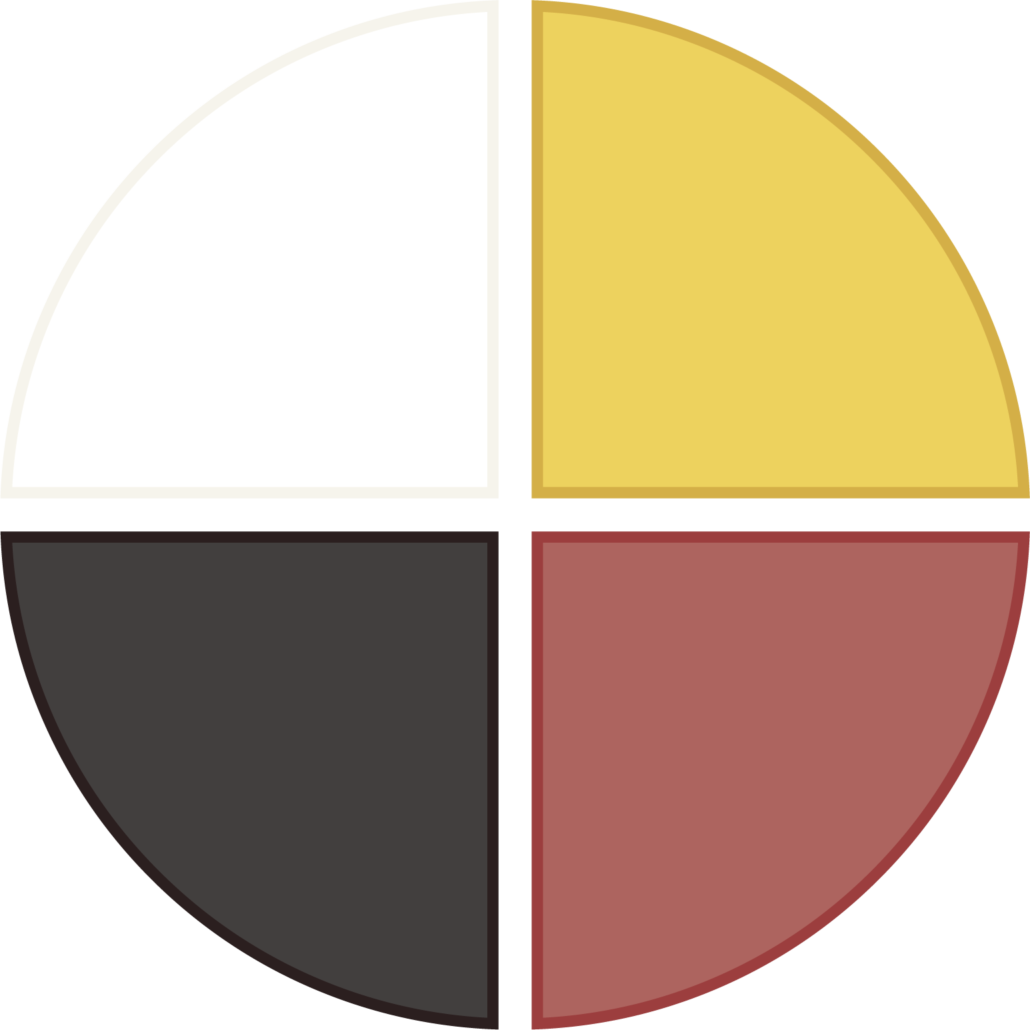
Lakota Virtues:
Respect and Compassion
Lakota Story: The Meadowlark and the snake (Tȟašíyagnuŋpa na Zuzéča)
Told by Lakota Elder Duane Hallow Horn Bear in both Lakota and English
Materials
PowerPoint
Creatures of the Badlands- Handout
Scissors
Notecards
Glue/Tape
Markers/colored pencils
11×17 paper for posters
Length of Activity: One class period, 45-60 minutes
Core Problems/Outline of Lesson
Hook/Lesson Introduction-Video of a buffalo interacting with its environment- Notice and Wonder
Engage- The Meadowlark and the Snake
Engage- How are the animals interacting in their environment?
Explore- Card sort- How do the provided animals interact with each other and the environment? Make a web of interactions.
Explore- Good stewards of the land and scientists gather more information and adjust their thinking. Watch the video of Tatanka a way of life from 9:00-13:00, students will adjust their thinking.
Explain- create a poster that explains the interactions of the animals with their environment
Closure- Explain one interaction from each poster.
Closure- Star Trails image- New thoughts, what is this showing?
South Dakota Grasslands
/in Curriculum /by Shiala KingCultural Relevance – Oceti Sakowin Essential Understandings
OSEU 1: Land and Environment
Standard 1.3 – Demonstrate understanding of the interrelationships of Oceti Sakowin people, places, and environments within all tribal lands in South Dakota.
OSEU 4: Kinship and Harmony
Standard 4.2 – Describe the traditional behavior patterns, codes of respect and values promoted within the Oceti Sakowin tiospaye.
Lesson Objective
Interactions of life within the South Dakota grasslands. How do/did factors interact on the South Dakota grasslands? Students will explain how factors on our lands interact.
Standard
MS.LS2.2- Construct an explanation that predicts patterns of interactions among organisms across multiple ecosystems.
Science practice standards
Construct Explanations and Designing Solutions- Construct explanations in why different organisms interact. No “wrong” answers as long as students are able to construct reasonable explanations.
Develop and use models- Construct a model to explain the interactions between organisms.
Cross Cutting Concepts
Patterns- identify cause and effect relationships

Lakota Virtues:
Respect and Compassion
Lakota Story: The Meadowlark and the snake (Tȟašíyagnuŋpa na Zuzéča)
Told by Lakota Elder Duane Hallow Horn Bear in both Lakota and English
Materials
PowerPoint
Creatures of the Badlands- Handout
Scissors
Notecards
Glue/Tape
Markers/colored pencils
11×17 paper for posters
Length of Activity: One class period, 45-60 minutes
Core Problems/Outline of Lesson
Hook/Lesson Introduction-Video of a buffalo interacting with its environment- Notice and Wonder
Engage- The Meadowlark and the Snake
Engage- How are the animals interacting in their environment?
Explore- Card sort- How do the provided animals interact with each other and the environment? Make a web of interactions.
Explore- Good stewards of the land and scientists gather more information and adjust their thinking. Watch the video of Tatanka a way of life from 9:00-13:00, students will adjust their thinking.
Explain- create a poster that explains the interactions of the animals with their environment
Closure- Explain one interaction from each poster.
Closure- Star Trails image- New thoughts, what is this showing?
Star Observations
/in Curriculum /by Shiala KingCultural Relevance – Oceti Sakowin Essential Understandings
OSEU 3: Culture and Language-
OSEU 3.3- Recall Oceti Sakowin sacred sites, creation stories, and star knowledge and describe how they relate to each other, and how they are still used today on and off the reservation.
Lesson Objective
Students will understand that the stars rotate in relationship to the seasons- due to the Earth’s orbit around the sun.
Content Standards
MS.ESS1.1: Develop and use a model of the Earth-sun-moon system to describe the cyclic patterns of lunar phases, eclipses of the sun and moon, and seasons.
Science practice standards
Analyze and Interpreting Data- Students will gather data to demonstrate how the big dipper changes over the course of a year. Students will construct ideas and explanations for why they feel this change happens.
Develop and Use a Model- Students will create a model to demonstrate the orbit of the Earth around the sun impacts the stars and change in the seasons.
Cross Cutting Concepts-
Patterns- Students will observe patterns of the stars, organize the patterns they find, and develop questions around their observations.

Lakota Virtues
Kinship
Lakota Stories
Told by Lakota Elder Duane Hollow Horn Bear
Materials
Large paper (11 by 17) for students to record the patterns they see in the star constellations.
Colored pencils
Scissors
Big Dipper model
**(Optional) Students will need chromebooks/computers to use the site: https://stellarium-web.org/
**If students do not have access to their own computers this will need to be a teacher led activity
Length of Activity one class period (50-60 minutes with room for extension)
Core Problems/Outline of Lesson
Hook/Lesson Introduction-We are all relatives- Mitákuye Oyás’iŋ
Engage- The Star Boy and the Seven Sisters
Explore- Gather data demonstrating the change in star constellations.
Closure- Star Trails image- New thoughts, what is this showing?
Star Observations
/in Curriculum /by Shiala KingCultural Relevance – Oceti Sakowin Essential Understandings
OSEU 3: Culture and Language-
OSEU 3.3- Recall Oceti Sakowin sacred sites, creation stories, and star knowledge and describe how they relate to each other, and how they are still used today on and off the reservation.
Lesson Objective
Students will understand that the stars rotate in relationship to the seasons- due to the Earth’s orbit around the sun.
Content Standards
MS.ESS1.1: Develop and use a model of the Earth-sun-moon system to describe the cyclic patterns of lunar phases, eclipses of the sun and moon, and seasons.
Science practice standards
Analyze and Interpreting Data- Students will gather data to demonstrate how the big dipper changes over the course of a year. Students will construct ideas and explanations for why they feel this change happens.
Develop and Use a Model- Students will create a model to demonstrate the orbit of the Earth around the sun impacts the stars and change in the seasons.
Cross Cutting Concepts-
Patterns- Students will observe patterns of the stars, organize the patterns they find, and develop questions around their observations.

Lakota Virtues
Kinship
Lakota Stories
Told by Lakota Elder Duane Hollow Horn Bear
Materials
Large paper (11 by 17) for students to record the patterns they see in the star constellations.
Colored pencils
Scissors
Big Dipper model
**(Optional) Students will need chromebooks/computers to use the site: https://stellarium-web.org/
**If students do not have access to their own computers this will need to be a teacher led activity
Length of Activity one class period (50-60 minutes with room for extension)
Core Problems/Outline of Lesson
Hook/Lesson Introduction-We are all relatives- Mitákuye Oyás’iŋ
Engage- The Star Boy and the Seven Sisters
Explore- Gather data demonstrating the change in star constellations.
Closure- Star Trails image- New thoughts, what is this showing?
Template
/in Curriculum /by Shiala KingCultural Relevance – Oceti Sakowin Essential Understandings
OSEU 1: Land and Environment
Standard 1.3 – Demonstrate understanding of the interrelationships of Oceti Sakowin people, places, and environments within all tribal lands in South Dakota.
OSEU 4: Kinship and Harmony
Standard 4.2 – Describe the traditional behavior patterns, codes of respect and values promoted within the Oceti Sakowin tiospaye.
Lesson Objective
Interactions of life within the South Dakota grasslands. How do/did factors interact on the South Dakota grasslands? Students will explain how factors on our lands interact.
Standard
MS.LS2.2- Construct an explanation that predicts patterns of interactions among organisms across multiple ecosystems.
Science practice standards
Construct Explanations and Designing Solutions- Construct explanations in why different organisms interact. No “wrong” answers as long as students are able to construct reasonable explanations.
Develop and use models- Construct a model to explain the interactions between organisms.
Cross Cutting Concepts
Patterns- identify cause and effect relationships

Lakota Virtues:
Respect and Compassion
Lakota Story: The Meadowlark and the snake (Tȟašíyagnuŋpa na Zuzéča)
Told by Lakota Elder Duane Hallow Horn Bear in both Lakota and English
Materials
PowerPoint
Creatures of the Badlands- Handout
Scissors
Notecards
Glue/Tape
Markers/colored pencils
11×17 paper for posters
Length of Activity: One class period, 45-60 minutes
Core Problems/Outline of Lesson
Hook/Lesson Introduction-Video of a buffalo interacting with its environment- Notice and Wonder
Engage- The Meadowlark and the Snake
Engage- How are the animals interacting in their environment?
Explore- Card sort- How do the provided animals interact with each other and the environment? Make a web of interactions.
Explore- Good stewards of the land and scientists gather more information and adjust their thinking. Watch the video of Tatanka a way of life from 9:00-13:00, students will adjust their thinking.
Explain- create a poster that explains the interactions of the animals with their environment
Closure- Explain one interaction from each poster.
Closure- Star Trails image- New thoughts, what is this showing?
South Dakota Grasslands
/in Curriculum /by Shiala KingCultural Relevance – Oceti Sakowin Essential Understandings
OSEU 1: Land and Environment
Standard 1.3 – Demonstrate understanding of the interrelationships of Oceti Sakowin people, places, and environments within all tribal lands in South Dakota.
OSEU 4: Kinship and Harmony
Standard 4.2 – Describe the traditional behavior patterns, codes of respect and values promoted within the Oceti Sakowin tiospaye.
Lesson Objective
Interactions of life within the South Dakota grasslands. How do/did factors interact on the South Dakota grasslands? Students will explain how factors on our lands interact.
Standard
MS.LS2.2- Construct an explanation that predicts patterns of interactions among organisms across multiple ecosystems.
Science practice standards
Construct Explanations and Designing Solutions- Construct explanations in why different organisms interact. No “wrong” answers as long as students are able to construct reasonable explanations.
Develop and use models- Construct a model to explain the interactions between organisms.
Cross Cutting Concepts
Patterns- identify cause and effect relationships

Lakota Virtues:
Respect and Compassion
Lakota Story: The Meadowlark and the snake (Tȟašíyagnuŋpa na Zuzéča)
Told by Lakota Elder Duane Hallow Horn Bear in both Lakota and English
Materials
PowerPoint
Creatures of the Badlands- Handout
Scissors
Notecards
Glue/Tape
Markers/colored pencils
11×17 paper for posters
Length of Activity: One class period, 45-60 minutes
Core Problems/Outline of Lesson
Hook/Lesson Introduction-Video of a buffalo interacting with its environment- Notice and Wonder
Engage- The Meadowlark and the Snake
Engage- How are the animals interacting in their environment?
Explore- Card sort- How do the provided animals interact with each other and the environment? Make a web of interactions.
Explore- Good stewards of the land and scientists gather more information and adjust their thinking. Watch the video of Tatanka a way of life from 9:00-13:00, students will adjust their thinking.
Explain- create a poster that explains the interactions of the animals with their environment
Closure- Explain one interaction from each poster.
Closure- Star Trails image- New thoughts, what is this showing?
South Dakota Grasslands
/in Curriculum /by Shiala KingCultural Relevance – Oceti Sakowin Essential Understandings
OSEU 1: Land and Environment
Standard 1.3 – Demonstrate understanding of the interrelationships of Oceti Sakowin people, places, and environments within all tribal lands in South Dakota.
OSEU 4: Kinship and Harmony
Standard 4.2 – Describe the traditional behavior patterns, codes of respect and values promoted within the Oceti Sakowin tiospaye.
Lesson Objective
Interactions of life within the South Dakota grasslands. How do/did factors interact on the South Dakota grasslands? Students will explain how factors on our lands interact.
Standard
MS.LS2.2- Construct an explanation that predicts patterns of interactions among organisms across multiple ecosystems.
Science practice standards
Construct Explanations and Designing Solutions- Construct explanations in why different organisms interact. No “wrong” answers as long as students are able to construct reasonable explanations.
Develop and use models- Construct a model to explain the interactions between organisms.
Cross Cutting Concepts
Patterns- identify cause and effect relationships

Lakota Virtues:
Respect and Compassion
Lakota Story: The Meadowlark and the snake (Tȟašíyagnuŋpa na Zuzéča)
Told by Lakota Elder Duane Hallow Horn Bear in both Lakota and English
Materials
PowerPoint
Creatures of the Badlands- Handout
Scissors
Notecards
Glue/Tape
Markers/colored pencils
11×17 paper for posters
Length of Activity: One class period, 45-60 minutes
Core Problems/Outline of Lesson
Hook/Lesson Introduction-Video of a buffalo interacting with its environment- Notice and Wonder
Engage- The Meadowlark and the Snake
Engage- How are the animals interacting in their environment?
Explore- Card sort- How do the provided animals interact with each other and the environment? Make a web of interactions.
Explore- Good stewards of the land and scientists gather more information and adjust their thinking. Watch the video of Tatanka a way of life from 9:00-13:00, students will adjust their thinking.
Explain- create a poster that explains the interactions of the animals with their environment
Closure- Explain one interaction from each poster.
Closure- Star Trails image- New thoughts, what is this showing?
Star Observations
/in Curriculum /by Shiala KingCultural Relevance – Oceti Sakowin Essential Understandings
OSEU 3: Culture and Language-
OSEU 3.3- Recall Oceti Sakowin sacred sites, creation stories, and star knowledge and describe how they relate to each other, and how they are still used today on and off the reservation.
Lesson Objective
Students will understand that the stars rotate in relationship to the seasons- due to the Earth’s orbit around the sun.
Content Standards
MS.ESS1.1: Develop and use a model of the Earth-sun-moon system to describe the cyclic patterns of lunar phases, eclipses of the sun and moon, and seasons.
Science practice standards
Analyze and Interpreting Data- Students will gather data to demonstrate how the big dipper changes over the course of a year. Students will construct ideas and explanations for why they feel this change happens.
Develop and Use a Model- Students will create a model to demonstrate the orbit of the Earth around the sun impacts the stars and change in the seasons.
Cross Cutting Concepts-
Patterns- Students will observe patterns of the stars, organize the patterns they find, and develop questions around their observations.

Lakota Virtues
Kinship
Lakota Stories
Told by Lakota Elder Duane Hollow Horn Bear
Materials
Large paper (11 by 17) for students to record the patterns they see in the star constellations.
Colored pencils
Scissors
Big Dipper model
**(Optional) Students will need chromebooks/computers to use the site: https://stellarium-web.org/
**If students do not have access to their own computers this will need to be a teacher led activity
Length of Activity one class period (50-60 minutes with room for extension)
Core Problems/Outline of Lesson
Hook/Lesson Introduction-We are all relatives- Mitákuye Oyás’iŋ
Engage- The Star Boy and the Seven Sisters
Explore- Gather data demonstrating the change in star constellations.
Closure- Star Trails image- New thoughts, what is this showing?
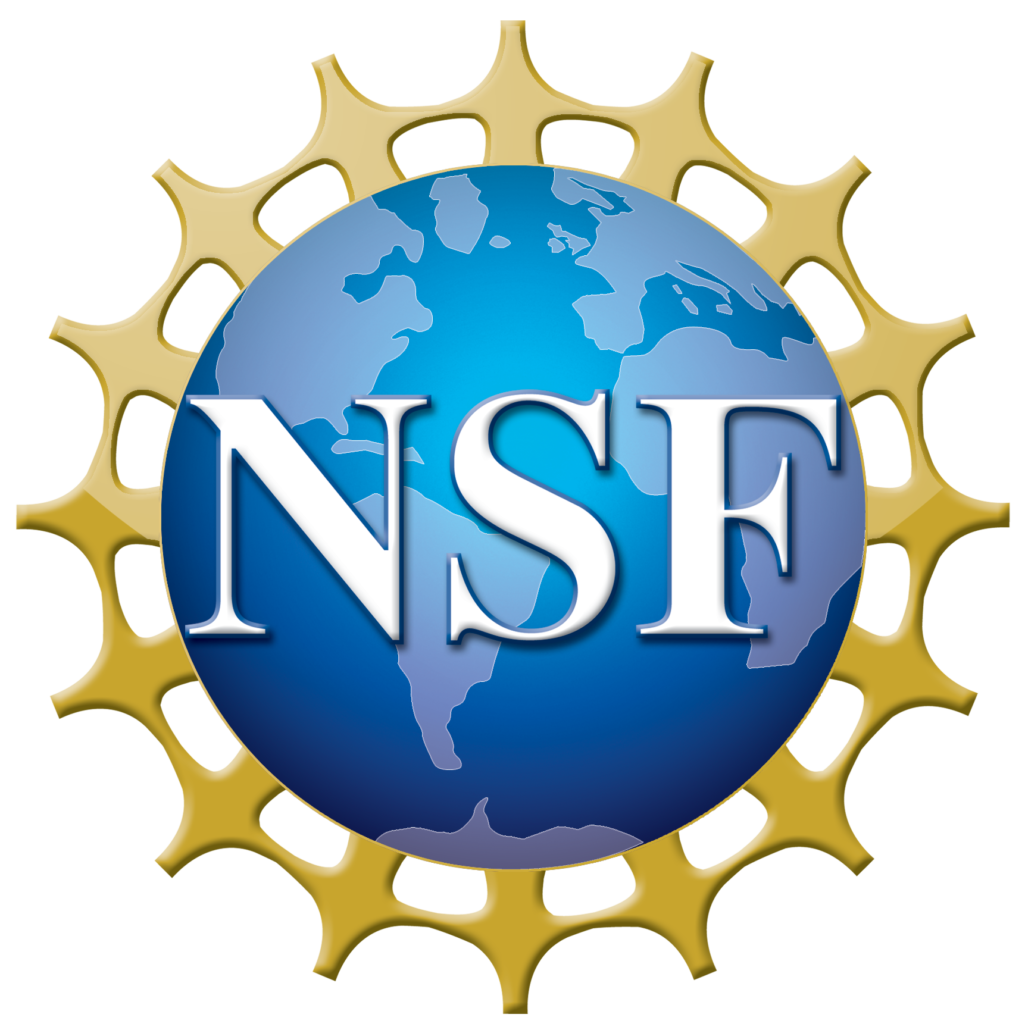
This website is based upon work supported by the National Science Foundation under grants no. 2038271 and 2217344. Any opinions, findings, and conclusions or recommendations expressed in this material are those of the author(s) and do not necessarily reflect the views of the National Science Foundation.
